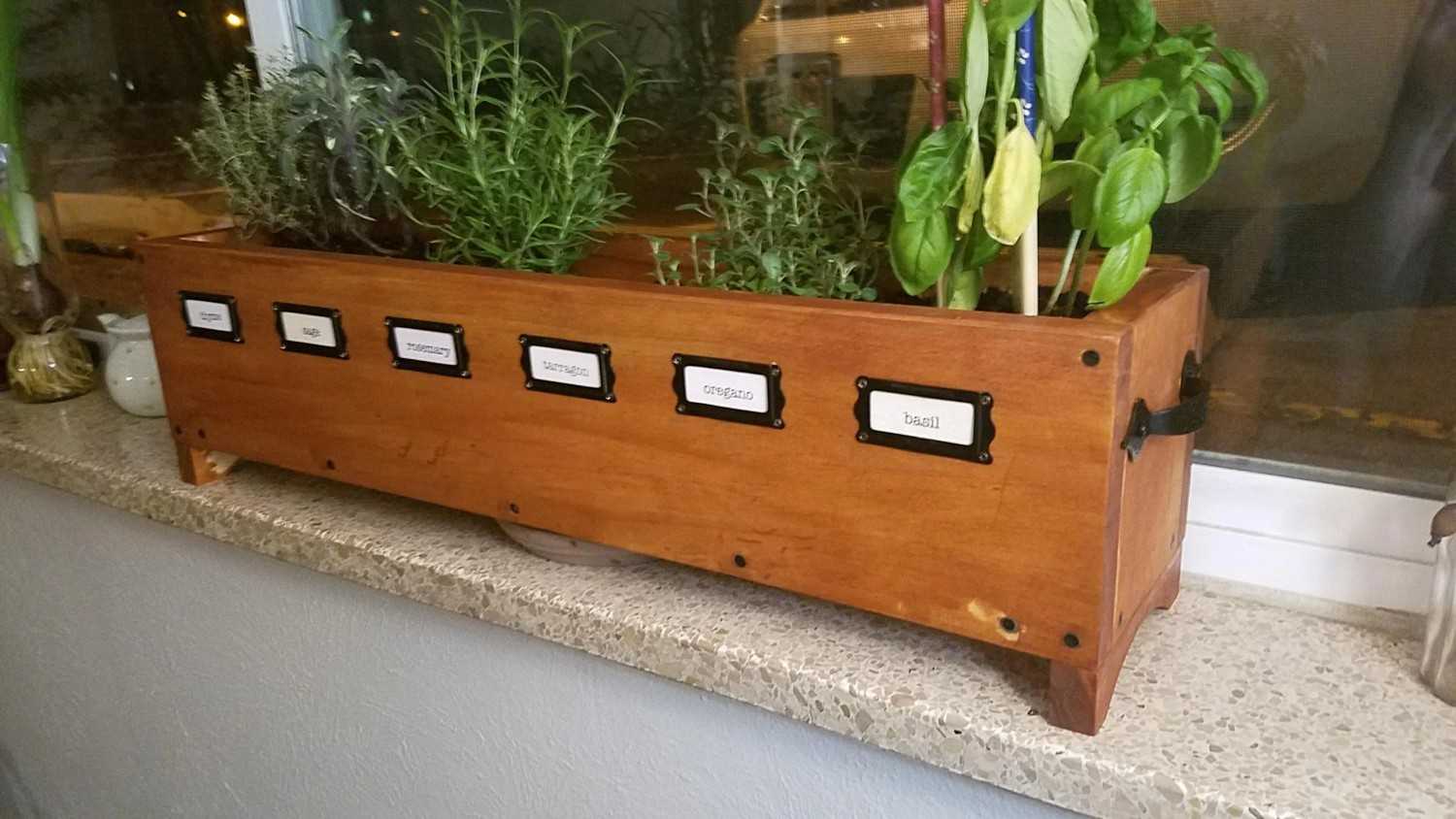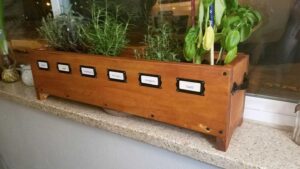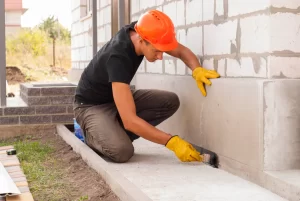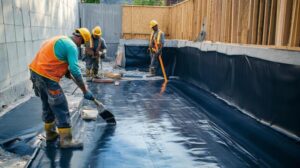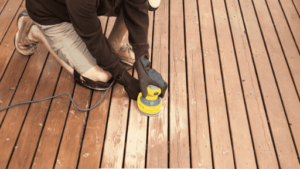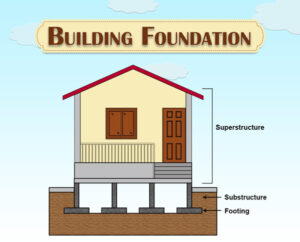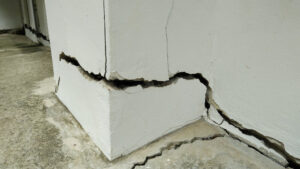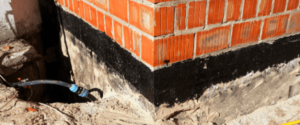Wooden planters add a natural and elegant touch to gardens, patios, and indoor spaces. However, without proper protection, they can deteriorate quickly due to moisture exposure, rot, and mold. In this guide, we’ll cover the best ways to waterproof and protect the inside of a wooden planter, ensuring durability and longevity.
Table of Contents
ToggleWhy You Should Protect the Inside of a Wooden Planter
Wood is naturally porous, making it susceptible to water absorption, mold growth, and eventual decay. Without proper waterproofing of wooden planters can:
1. Absorb excess moisture, leading to rot.
2. Develop cracks and warping due to water damage.
3. mold and mildew, affecting plant health.
4. Deteriorate quickly, reducing their lifespan.
By applying waterproofing techniques, you can ensure your planter remains in top condition for years.
Step-by-Step Guide to Protecting a Wooden Planter Box
1. Choosing the Right Wood
Not all woods are equally resistant to moisture. Some of the best options for planters include:
Cedar – Naturally resistant to moisture and decay.
Redwood – Durable and rot-resistant.
Teak – Highly water-resistant but more expensive.
Pressure-treated wood – Chemically treated to resist moisture and pests.
If your planter is made from softer wood, additional waterproofing measures are crucial.
2. Applying a Waterproof Sealant
Using a sealant is one of the easiest and most effective ways to protect the interior of a wooden planter. Consider these options:
Polyurethane sealant – Forms a protective, waterproof barrier.
Marine varnish – Ideal for extreme weather conditions.
Tung oil – A natural, non-toxic alternative for waterproofing wood.
How to Apply a Sealant:
Sand the interior surface of the planter to remove any rough patches.
1. Apply the first coat of sealant with a brush, making sure to cover all areas evenly.
2. Let it dry completely before applying a second coat.
3. Allow the planter to cure for at least 24 hours before use.
3. Using a Waterproof Liner
Adding a liner provides an extra layer of protection against moisture.
Plastic liners – Affordable and easy to replace.
Pond liners – Thick and durable for long-term use.
Landscaping fabric – Allows drainage while preventing soil contact with wood.
Installation Tip: Cut the liner to fit snugly inside the planter, leaving enough space to fold over the edges to prevent water from seeping into the wood.
4. Creating Proper Drainage
Good drainage prevents water from pooling inside the planter, reducing the risk of wood rot.
1. Drill drainage holes at the bottom of the planter.
2. Place a layer of small rocks, pebbles, or mesh to prevent soil from clogging the holes.
3. Ensure excess water can escape freely, especially for outdoor planters exposed to rain.
5. Applying an Interior Waterproofing Membrane
For maximum protection, consider using a waterproofing membrane such as:
Liquid rubber sealant – Forms a flexible waterproof layer inside the planter.
Bitumen-based waterproofing – Commonly used for roofing but effective for planters.
Cementitious waterproofing – A long-lasting option that strengthens wood while sealing moisture out.
Common Mistakes to Avoid When Waterproofing Wooden Planters
Skipping the Sealant – A common mistake that leads to early deterioration.
Using Non-Breathable Liners – This can trap moisture inside, causing mold.
Ignoring Drainage – Poor drainage leads to waterlogging and root rot.
Applying Only External Sealant – The inside of the planter also needs protection.
Conclusion
Protecting the inside of a wooden planter is essential for long-lasting durability and plant health. By choosing the right wood, applying a quality sealant, using a liner, and ensuring proper drainage, you can extend the lifespan of your wooden planter while maintaining a healthy growing environment.
Need Professional Waterproofing Solutions? At Capital Deck & Stair Waterproofing, we specialize in high-quality waterproofing services for decks, stairs, and wood structures. If you need expert advice or professional waterproofing solutions for your outdoor spaces, contact us today for a free consultation!
FAQs (Frequently Asked Questions)
How often should I reseal my wooden planter?
For best results, reseal the planter every 1–2 years, depending on weather exposure.
Can I use a wooden planter without a liner?
Yes, but using a liner significantly extends the lifespan of the planter and prevents soil from coming into direct contact with the wood.
What’s the best way to prevent mold in a wooden planter?
Ensure proper drainage, use breathable liners, and apply a mold-resistant wood sealer.

